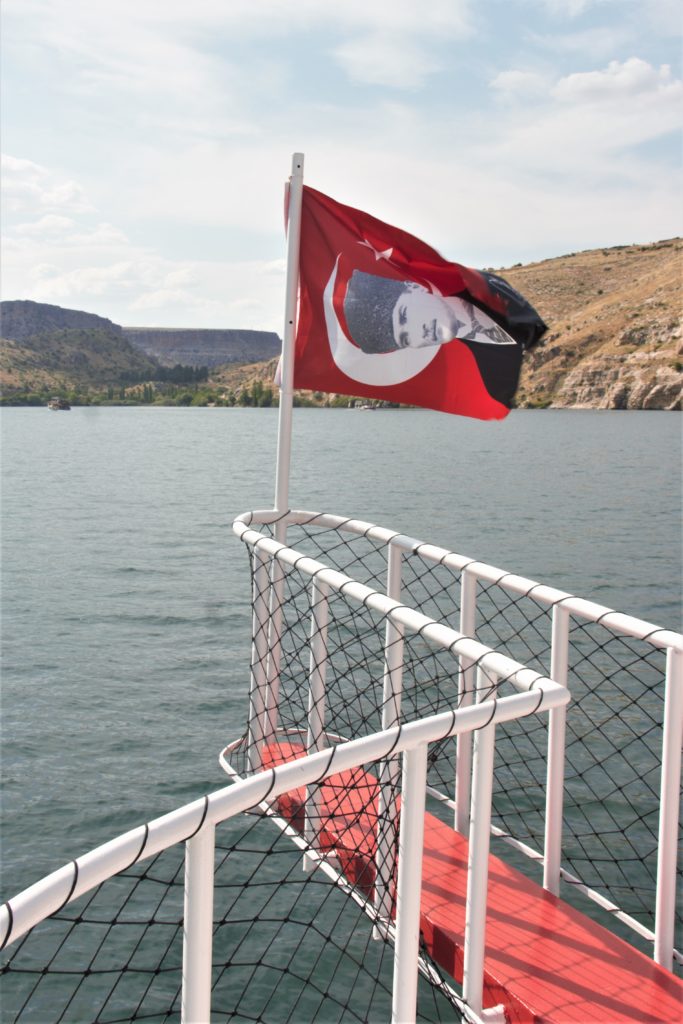Merhaba from The Euphrates River Valley,
Everything we understand about the roots of human civilisation is based on the accepted theory that the shift to agriculture led people to change from being nomadic to sedentary. And that it’s here in Mesopotamia that the first settlements occurred. Some theorists have recently sought to reverse the causation. Are they just being mischievous for the sake of a good story?

It was here in the Fertile Crescent between the Euphrates and Tigris Rivers that someone had the brilliant – perhaps accidental – idea that planting seeds and waiting for a harvest could produce a certain outcome. As Andrew Maher says in his documentary on the history of human civilisation, it was not an obvious idea at all.
Göbekli Tepe is today an archaeology excavation site in the south-east of Türkiye. The settlement here is dated at 12 000 years. Is it in an agricultural region?

Göbekli Tepe is on a rocky hill in which the immediate surrounds are unlikely to yield any crops but it does look like the lower plains in every direction could have been conducive to cropping. They are still productive today. If the people who built these substantial rock structures were avoiding the best agricultural land, they were building the first urban centres (in the true meaning of the word as we use it today).
The rocky outcrop is the least friable land in the vicinity. If the people were making a conscious decision about landuse (a reasonable assumption), they were minimising the amount of land precluded from cultivation. It was probably not just proximity to building material (stone) but a deliberate determination to minimise loss of farm land.




On the available evidence here at Göbekli Tepe, this seems to be the cradle of civilisation and an affirmation of our accepted understanding of the reasons for the beginnings of urban settlement.
It might be tempting to challenge the orthodoxy with a beguiling new interpretation – it’s the era of such beguilements – but it’s not substantiated by the visible evidence in the upper reaches of the Euphrates Valley.
Güle güle from Göbekli Tepe
Greg
